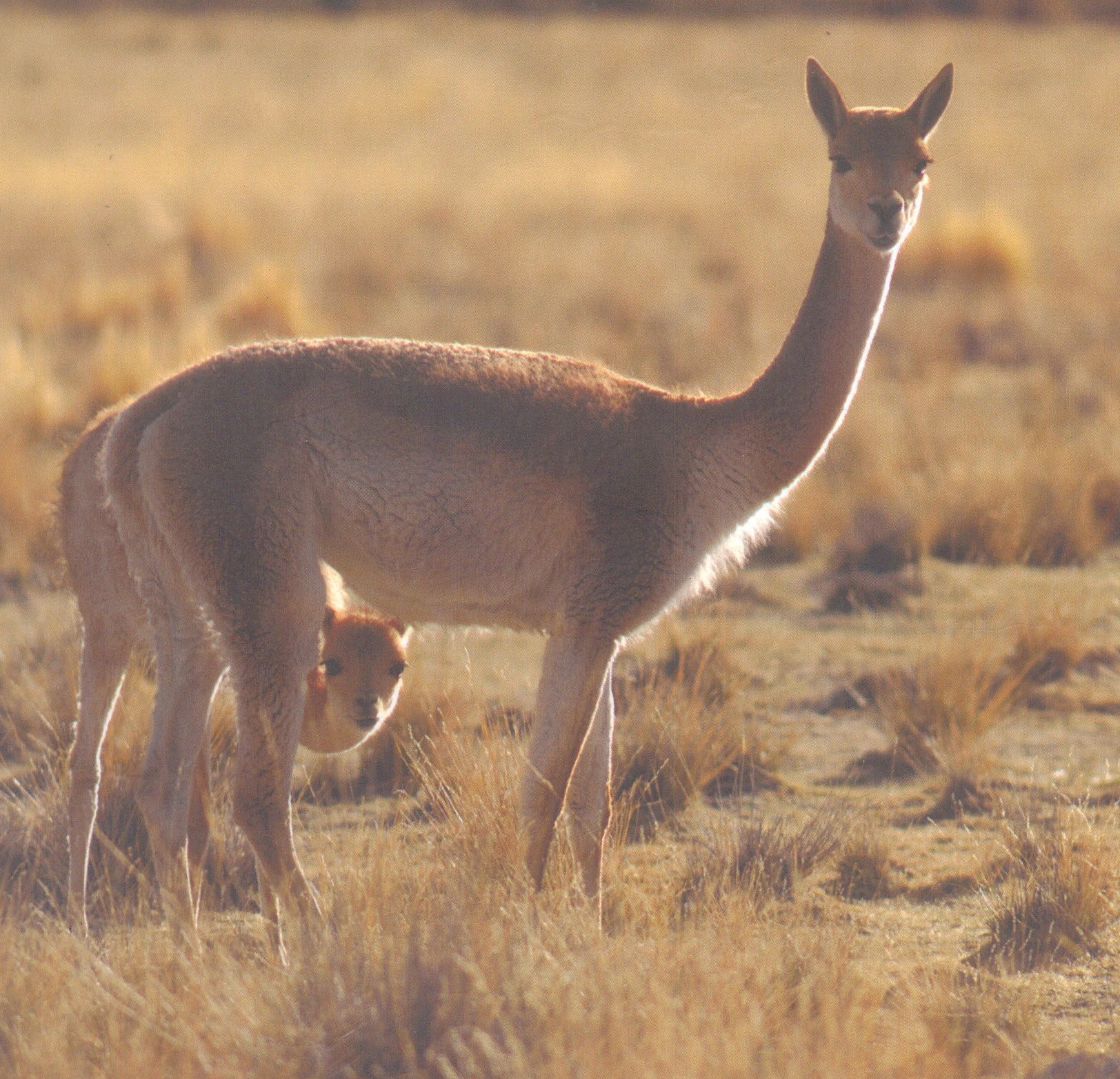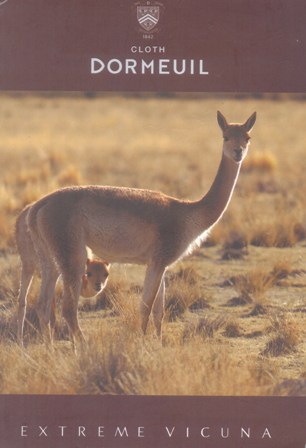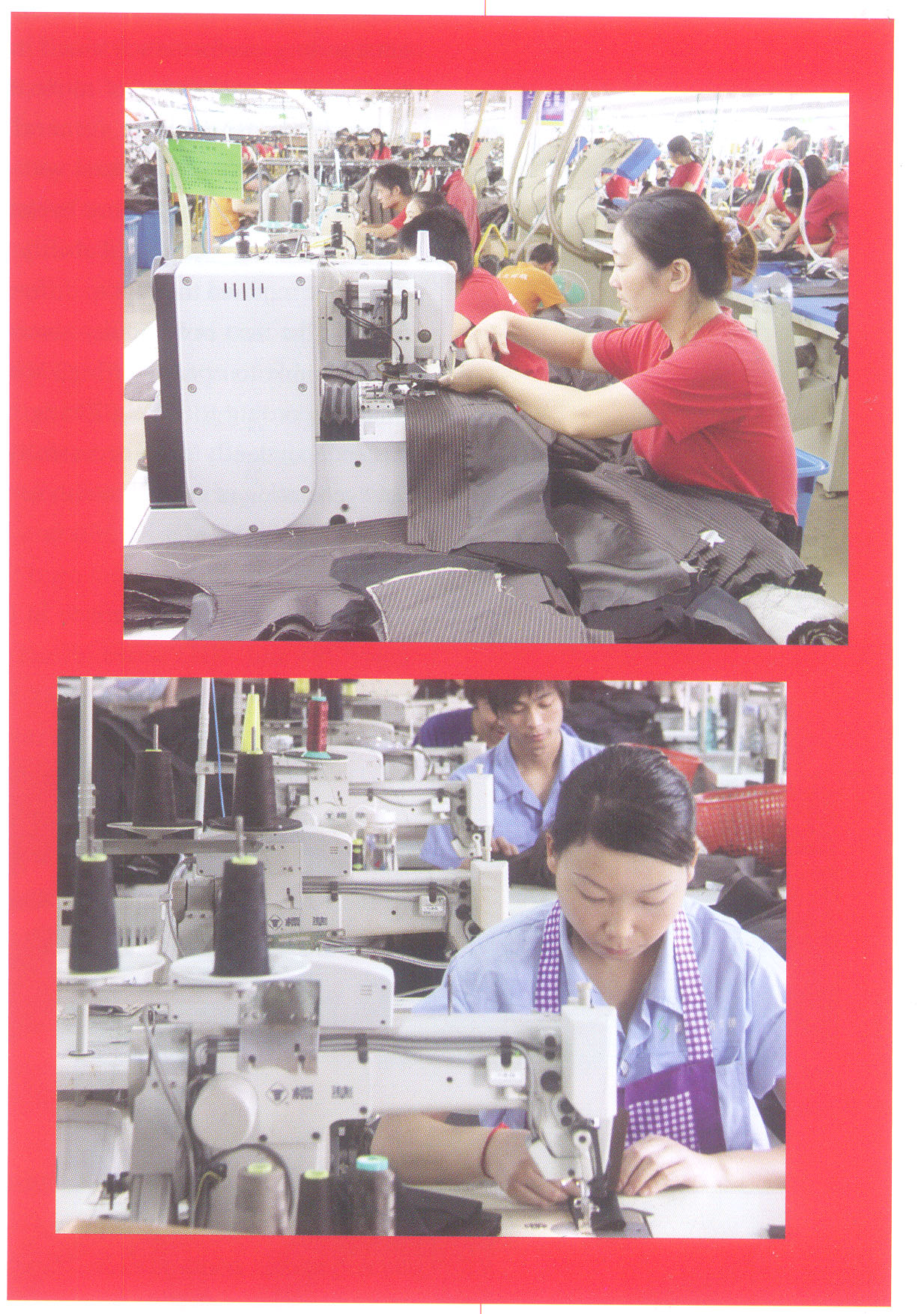FW
Color Solutions International, a division of DyStar Group, will open a CSI color center in Donghua University, Shanghai. The center will serve as a training, resource and inspiration centre for professors and designers. The aim is to raise the current technology and application standard for colors within the textile industry of China, as well as improve its sustainability and competitiveness. The strategic partnership also caters to color communication and textile dyeing, training, for both professors and rising designers.
Since Donghua attracts and develops international designers, the CSI color center is expected to be an ideal platform to enhance the nurturing process. The university has established cooperation with over 100 foreign universities, research institutions and enterprises. Donghua also holds international conferences and forums in fields such as textile, fashion, and material.
Color Solutions was founded in 1999. The company’s aim was to provide retailers and brands a more sophisticated and accurate method for communicating seasonal palette colors to textile mills. DyStar acquired the company in 2003. CSI provides vendors and textile mills with spectral data of the color standards, which allows for rapid color development at the textile mills. The certification process ensures color accuracy and consistency from season to season.
Vietnam is all set to sign the Trans-Pacific Partnership agreement. And it’s the garment and textile industry that will benefit the most with this agreement. With TPP membership, Vietnam’s annual textile and garments export to the US could increase by 13 per cent to 20 per cent by 2017. TPP membership would give it unfettered access for apparels, footwear, seafood and pharmaceuticals. The agreement would help stimulate investment in making raw materials, helping to increase the rate of localised products. By 2015, the localisation rate for export products is expected to be between 60 per cent and 70 per cent, helping open up many opportunities for the sector. It would allow Vietnam to become one of the largest textile and garments centers in the world.
TPP membership would stimulate the economy and inflation would drop as the number of foreign-invested projects increased. Vietnam has around 4,000 garment factories employing about 2.5 million workers. The Trans-Pacific Partnership Agreement is a free trade agreement currently being negotiated by nine countries. These include the United States, Australia, Malaysia, New Zealand, Peru, Singapore, and Vietnam.
To qualify for TPP membership, however, Vietnam will have to abandon the Chinese model of maintaining a state-dominated economy behind a screen of capitalism.
Texcare Asia was held from November 19 to 21, 2013, Shanghai. Nearly 150 exhibitors from countries like Belgium, China, Germany, Hong Kong, Italy, Turkey, the UK and the US presented their latest innovations in laundry, dry-cleaning, ironing and dyeing machinery in addition to systems for textile management. The number of visitors increased by 20 per in this edition representing hotels, laundromats, dry-cleaners, government and military departments and hospitals.
For exhibitors, the three-day event was an opportunity to meet decision-makers, learn about new solutions from competitors as well as close deals on-site. The products displayed ranged from automatic folding machinery and washers to machines capable of pressing and dry cleaning garments in just a few seconds. The Chinese market is currently going through a phase that Japan experienced in the ’90s, where more and more dry cleaning businesses are being franchised with central processing plants. A number of buyers came from neighboring countries India, Japan and Singapore.
Texcare Asia represents the best platform currently in China for promoting and marketing the textile care industry. Texcare Asia’s next edition is scheduled to for fall 2015.
Lectra hosted its sixth annual education congress Milan, Italy recently. The congress brought together over 55 professors, department heads and directors from 34 fashion schools and universities from all over the world. The congress also touched on the theme of 3D, which is becoming a major tool in a company's product development arsenal. Women’s wear brands rely on Lectra 3D solutions to enhance creative designs. The congress also featured the Mittelmoda fashion show, an international design competition.
The aim of the congress is to allow participants and Lectra specialists to share their experience and expertise and to build a think tank geared toward the specific needs of fashion schools and universities. This think tank focuses on different ways of providing students with a solid background, preparing them for their professional futures. It addresses key concerns of fashion schools and universities in terms of teaching methods and of students’ involvement in concrete projects.
Lectra is a world leader in integrated technology solutions dedicated to industries using soft materials, fabrics, leather, technical textiles and composite materials. Lectra develops the most advanced specialized software and cutting systems and provides associated services to a broad array of markets including fashion (apparel, accessories, footwear), automotive (car seats and interiors, airbags), furniture, as well as a wide variety of other market sectors, such as aeronautical and marine industries, wind power, and personal protective equipment.
The updated version of the Higg Index was recently unveiled by the Sustainable Apparel Coalition (SAC) which is a trade association comprising of brands, retailers, manufacturers, government and non-governmental organizations and academic experts. The Sustainable Apparel Coalition is committed towards improving the Higg Index and the updated version reflects its effort in development. The updated Index has expanded its covering with the addition of modules enabled to assess labor and social impacts for brands and manufacturers. A footwear module has been added for the very first time that permits footwear facility assessment. The Index has also improved on sustainability content considering chemical impacts by improving facility and brand assessments.
The Higg Index was launched in 2012 with an aim to measure the comprehensive environmental and social impacts of apparel and footwear products, and since then has allowed more than 100 companies to identify opportunities to reduce impacts and improve long-term sustainability. The Sustainable Apparel Coalition, represents more than one-third of the global apparel and footwear industries and was formed by sustainability leaders and leading environmental and social organizations to address current social and environmental challenges.
Bangladesh apparel makers are receiving support from the government in an attempt to help them cope with issues such as increase wages. Finance Minister AMA Muhith plans to roll out incentives for apparel manufacturers pertaining to major issues such as increase in salary as per the new wages and political instability leading to become defaulters to banks.
The minister plans to discuss the government’s position with the leaders of Bangladesh Knitwear Manufacturers and Exporters Association (BKMEA), Bangladesh Garment Manufacturers and Exporters Association (BGMEA) and Bangladesh Textile Mills Association.
The finance minister made this announcement during a press briefing after he met Atiur Rahman, National Board of Revenue (NBR) chairman Ghulam Hossain, Finance Secretary Fazle Kabir, Bank and Financial Institution Division Secretary M Aslam Alam and chief executive officers of four state-owned commercial banks at his Secretariat office.
Assurance also came in from the Prime Minister that the apparel sector will be taken care of with the help of incentive packages.
After decades of decline, the US textile and apparel industry is growing once more, and many factories are competing with low-wage operations in countries like China. In North Carolina, where textile industry was once dominant, the industry has reinvented itself by using technology and employing far fewer people than in the past.
Robots do most of the heavy lifting at the National Spinning Company in Burlington, North Carolina. This factory dyes over 110,000 kg of yarn per week in a variety of colors. The yarn is sent to clothing and upholstery makers both in the US and around the world. There are only two technicians who service the dye producing machines.
Technology is helping bridge the wage gap between labor-intensive factories overseas that pay workers only a few dollars a day and this North Carolina plant where about 100 employees make between $10 and $20 an hour.
Factories are realizing it's important to limit labor costs and to provide higher quality and better customer service to compete in the global market place. So they are diversifying into niche markets. Companies and enterprises are bringing their core activities to where they have a skilled workforce, where they have innovation talent and where they’re able to develop the next generation of innovation that drives manufacturing.
 The House of Dormeuil known for sourcing and selling rare and precious fibres from around the world is making a mark in India. Its collection of pure wool suiting in basic counts, pure cashmere suiting, super 180 and super 230 stand out because of their quality. “The Indian market is becoming stronger every year. We have big sales during weddings and are growing at 10 to 25 per cent per annum in the country,” explains Richard Boide, Commercial Director, Dormeuil. A top supplier of luxury fabrics in India their prices range from Rs 10,000 a metre up to Rs 2,00,000 a metre.
The House of Dormeuil known for sourcing and selling rare and precious fibres from around the world is making a mark in India. Its collection of pure wool suiting in basic counts, pure cashmere suiting, super 180 and super 230 stand out because of their quality. “The Indian market is becoming stronger every year. We have big sales during weddings and are growing at 10 to 25 per cent per annum in the country,” explains Richard Boide, Commercial Director, Dormeuil. A top supplier of luxury fabrics in India their prices range from Rs 10,000 a metre up to Rs 2,00,000 a metre.
The company has 60 to 70 retailers in India. Because of the nature of the product and the climate the biggest markets are Delhi and north India. However, Mumbai is fast emerging as a strong market. “We work with some designers in Mumbai,” says Boide. In some countries it also works with suit manufacturers. “We have a big business in Japan for suit manufacturing and this will be one of the strategies for growth in India as well,” Boide explains.
the climate the biggest markets are Delhi and north India. However, Mumbai is fast emerging as a strong market. “We work with some designers in Mumbai,” says Boide. In some countries it also works with suit manufacturers. “We have a big business in Japan for suit manufacturing and this will be one of the strategies for growth in India as well,” Boide explains.
Its latest search is the native vicuna. The protected animal is treated with great care and respect during the shearing process, which takes no more than 10 minutes. Each animal is only sheared once in two years. Each vicuna provides approximately 300 grams of wool.
Taking its quest forward, Dormeuil has also used Argentinean fibres. Extremely rare, pale and difficult to weave, the exclusive raw material gives this Extreme Vicuna Collection its supremacy. The fibres are extremely fine, at just 12 microns in diameter which makes it seem as if a breath of wind could blow it away. A carefully controlled production process, from shearing to weaving and finishing ensures the traceability of this precious material.
Vicuna wool fibres have an unmatched brightness which is the secret of their beauty and lustre. These qualities have allowed Dormeuil’s master weavers to create cloth of rare colour and brilliance from the world’s finest wool. The new palette of ten colours features several unexpected choices, including beige, light grey and plum, which recall views of the South American mountains. In addition to the surprising colour range achieved, vicuna wool allows scope for genuine technical virtuosity. The focus on discovery has been maintained throughout the generations and the quest for the rare and precious is woven into Dormeuil’s history and into its fabrics.
Set up two years ago, Dormeuil India is based in Delhi. It is one of the first European companies to export its fabric. It has a strong English association. “We were distributing in India even before 1947. Now we have a network of retailers across the country with high end customers. We have our own production facility in England and deliver anywhere in the world within 48 hours,” Boide sums up.
 The Chinese sewing machinery industry is facing many challenges and needs to upgrade. It has the advantage of low price and good quality. However, the recession in Europe and US has affected China’s sewing machine industry. Yang Xiaojing, Secretary General Senior Economist CISMA reveals, “We are facing a slowdown and demand for sewing machines is falling.” With rising labour costs, buyers are looking for machines that are easy to use and reduce labor costs. As for currency fluctuations, there are some bad effects on China’s sewing machines especially on companies that want to upgrade and save costs. At the moment the percentage of lock stitch sewing machines is more than 50 per cent and it’s rising.
The Chinese sewing machinery industry is facing many challenges and needs to upgrade. It has the advantage of low price and good quality. However, the recession in Europe and US has affected China’s sewing machine industry. Yang Xiaojing, Secretary General Senior Economist CISMA reveals, “We are facing a slowdown and demand for sewing machines is falling.” With rising labour costs, buyers are looking for machines that are easy to use and reduce labor costs. As for currency fluctuations, there are some bad effects on China’s sewing machines especially on companies that want to upgrade and save costs. At the moment the percentage of lock stitch sewing machines is more than 50 per cent and it’s rising.
In China, for large garment factories most of the sewing machines are bought from  Germany and Japan. But medium and small garment factories buy sewing machines from China. The quality difference between Japanese and Chinese machines is narrowing. Last year, production of sewing machine sets in China was more than 800 million, of these 355 million were exported. If the global production of regular sewing machines is taken into consideration, more than 80 per cent are produced by China.
Germany and Japan. But medium and small garment factories buy sewing machines from China. The quality difference between Japanese and Chinese machines is narrowing. Last year, production of sewing machine sets in China was more than 800 million, of these 355 million were exported. If the global production of regular sewing machines is taken into consideration, more than 80 per cent are produced by China.
Talking about the India as a buyer for Chinese machinery, Xiaojing says, “Before 2010, India bought a lot of sewing machines from China. Since then there has been a fall because of the recession. But in the first half of 2013 the trend is going up again and especially for embroidery machines. The Indian apparel industry has a huge scope to buy Chinese machines. India has a huge population. Our association held a show in India in 2006. It was the first time we had a show outside China. We have a great relationship with the Indian garment industry associations.”
In 2011, India imposed an anti-dumping duty on import of sewing machine needles to protect domestic players from cheap Chinese shipments. This duty was levied for a period of five years. The country had already imposed duty on imports of fabric, yarn, nylon tyre cord and several chemicals. The Directorate General of Anti-Dumping and Allied Duties (DGAD), a nodal agency under the Commerce Ministry, had recommended the imposition of the duty after an investigation. The DGAD concluded in its probe that the domestic industry had suffered a material injury on account of dumped imports of the product from China.
Unlike other safeguard duties, which are levied in a uniform way, anti-dumping duties vary from product to product and from country to country. Countries initiate anti-dumping probes to check if the domestic industry has been hurt because of a surge in cheap imports. As a counter-measure, they impose duties under the multilateral World Trade Organization regime.
The Turkish textile sector aims to strengthen its success in both traditional and emerging markets with its own brands. The positive and strong relations Turkey has been pursuing with the global partners have also been initiated between these countries’ industrialists and exporters. Turkish textile sector provides top quality in several areas ranging from production to promotion, quality standards to marketing. “Success has been achieved by focusing on value added products that highlights design and brand quality as part of Turkey’s export boosting strategy. This success is a result of the hard work of SME’s as well as large, modern and vertically integrated companies which are capable of producing and exporting their own unique collections,” says Ibrahim Burkay, Chairman of the Uludag Textile Exporters Association.
Turkish textiles are extensively used for supplying to the middle and high end segment needs of both the fashion sector and the apparel industry worldwide. This sector is in line with global trends and latest innovations in the world of fashion. Turkish textile sector has established itself as a cornerstone of Turkey’s success story in industrial development and exports. “It has been a critical source for major international labels, ranging from the high-end to countless popular fashion houses as well as design studios and fashion schools around the world. Turkey is the third largest textile exporter to Europe ($8 billion in 2012), the sixth largest apparel exporter in the world ($16 billion in 2012),” said Burkay.
Turkish textile sector’s top five markets are: Russia, Italy, Germany, UK and the US. These are the classical markets of Turkey. “There are no expectations about a change among this ranking. On the other hand it is observed that some emerging markets climbing towards the top ten such as China and Brazil,” sums up Burkay.












